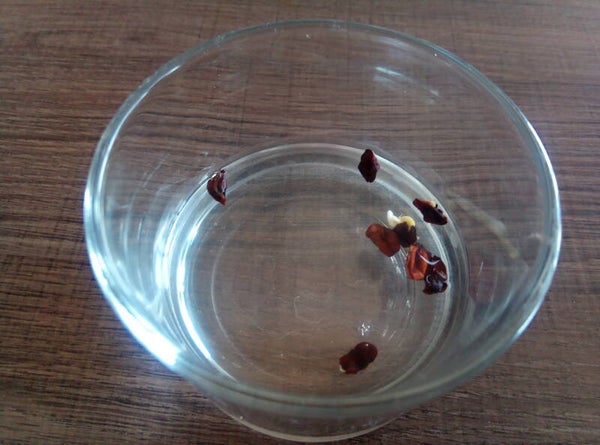Stephanotis floribunda, Madagascar jasmine, Wax flower. 10 fresh seeds July 2023!
Stephanotis floribunda syn. S. jasminoides, the Madagascar jasmine, waxflower, Hawaiian wedding flower, or bridal wreath is a species of flowering plant in the family Apocynaceae, native to Madagascar. It is a twining, sparsely branched liana that can measure up to 6 m in length.
It is an evergreen woody climber with oval leaves and clusters of pure white, waxy, intensely fragrant tubular flowers.
The flowers are waxy, star-shaped and highly scented, about 3 cm long, in clusters and are produced in summer. This vine flowers only on new growth, and thus pruning should be kept to a minimum, especially during the growth season. Flowers fade to yellow after several days and the deep, rich fragrance turns sour in smell. The flowering period is from spring to fall.
The wreath loop forms large plum-like fruits, which, however, rarely set in specimens cultivated as indoor plants. The ovoid-shaped fruits contain numerous seeds with pappus.
Madagascar's climate, with its moderate temperatures, high humidity and seasonal cycles of hot, wet summers and cool, dry winters provides the optimal growing conditions for Stephanotis. Grown commercially, the trumpet-shaped blooms are in season year-round, provided they are given enough light and water, and are a popular component of bridal bouquets. It grows best in sunny, tropical conditions, or inside.
In areas where the outside winter temperature drops below 4 °C (39 °F), Stephanotis floribunda can be wintered over in greenhouse or household settings. During the summer growth season, this vine requires full sun, abundant water, high humidity and a balanced fertilizer. As temperatures begin to cool, pots should be brought indoors and placed in the sunniest location available. Stephanotis floribunda appears to do best if root bound. The soil mixture used should have a high content of loam and peat moss with generous drainage material such as perlite or coarse sand. Although Stephanotis do not technically go dormant, their growth is slowed and flowering is infrequent if kept in a cool, dry condition.
Propagation is by cuttings or by the seeds, which are produced irregularly.
Sowing time: all year round
Germination temperature: 24-30°C
Pre-Treatment: soak in room temperature water for 4-8 hours
Sowing mix: compost + perlite or sand, ready-made compost for seeds and cuttings
Water: moist potting mix, not wet
Light: bright position, no direct sun especially through glass
Germination time: 7 days and more
Germination Method
Soak the seeds in water for a few hours or overnight. Prepare the pot with potting medium with 1 part of compost and 1 part of sand or perlite (ready-made compost for seeds will work just well). Water the compost well and let it sit (do it together with soaking the seeds). Sow the seeds 2 cm apart and cover lightly with potting medium (or perlite, in this case control the humidity because the water will evaporate faster). Without the heat mat you might not need to water till the first sprouts but will depend on your compost – soil-based medium will rEtain moist longer. Spray some water on top and keep moist during the germination period. Place in well-lit area without direct sunlight. I do not recommend to cover the tray due to the possibility of damping off, or if you opt for it remove the cover after first seeds start to germinate. The sprouts should appear in about 7-10 days and longer depending on the climate condition and freshness of the seeds. Ideally seeds are sown straight after harvesting because they lose viability very fast! Buy only fresh seeds and sow them immediately!! When the seedlings are big enough to handle or overcrowd the pot you can transplant them into individual pots.
It might take a couple years for young newly propagated plants to bloom, sometimes up to 4 years. Stephanotis needs a proper growing condition to grow – cool in winter, hot in summer, high humidity. Do not use fertilizer high in Nitrogen as it will induce foliage growing and slow down flowering.















